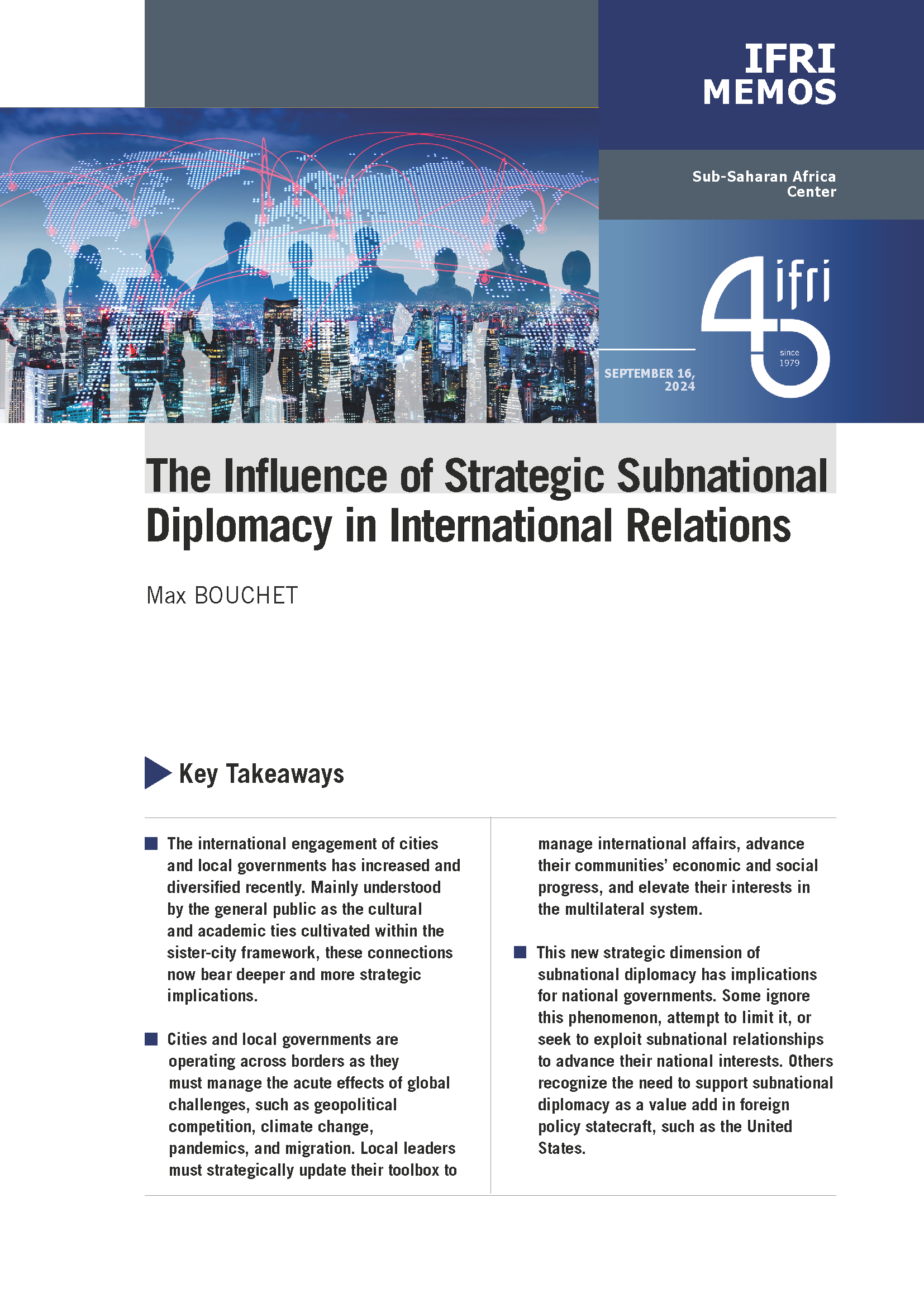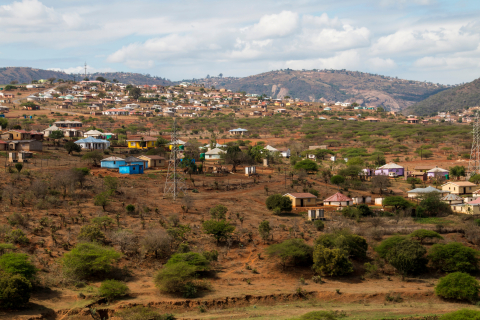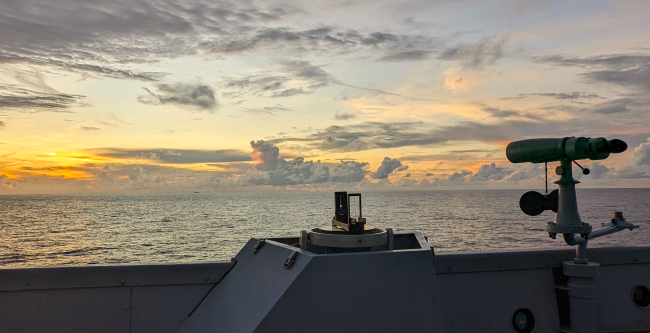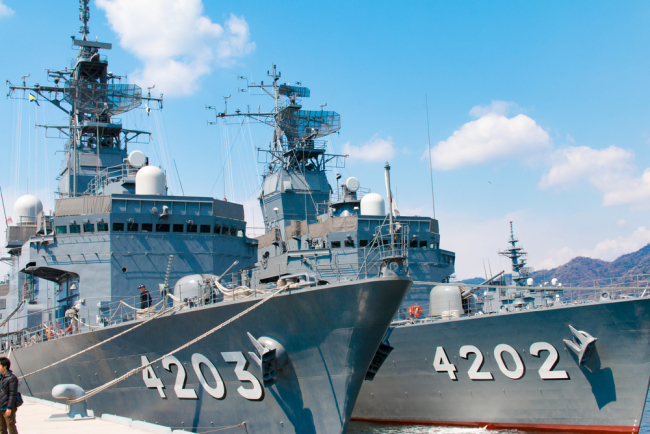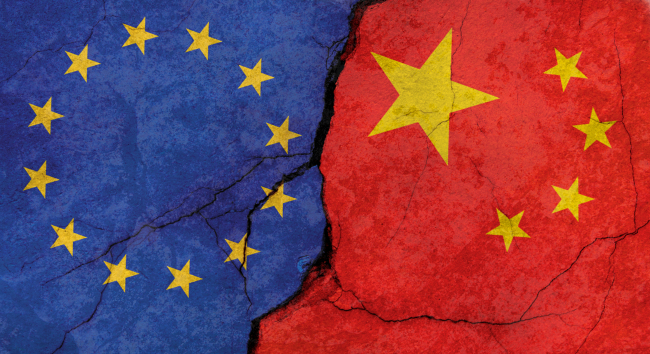China vs. USA: After South China Sea, the Arctic as a Second Act
The focus on the power confrontation between China and the U.S. has for a while been directed towards the South China Sea, but a focus should be given to the Arctic region, where the second act is already ongoing.
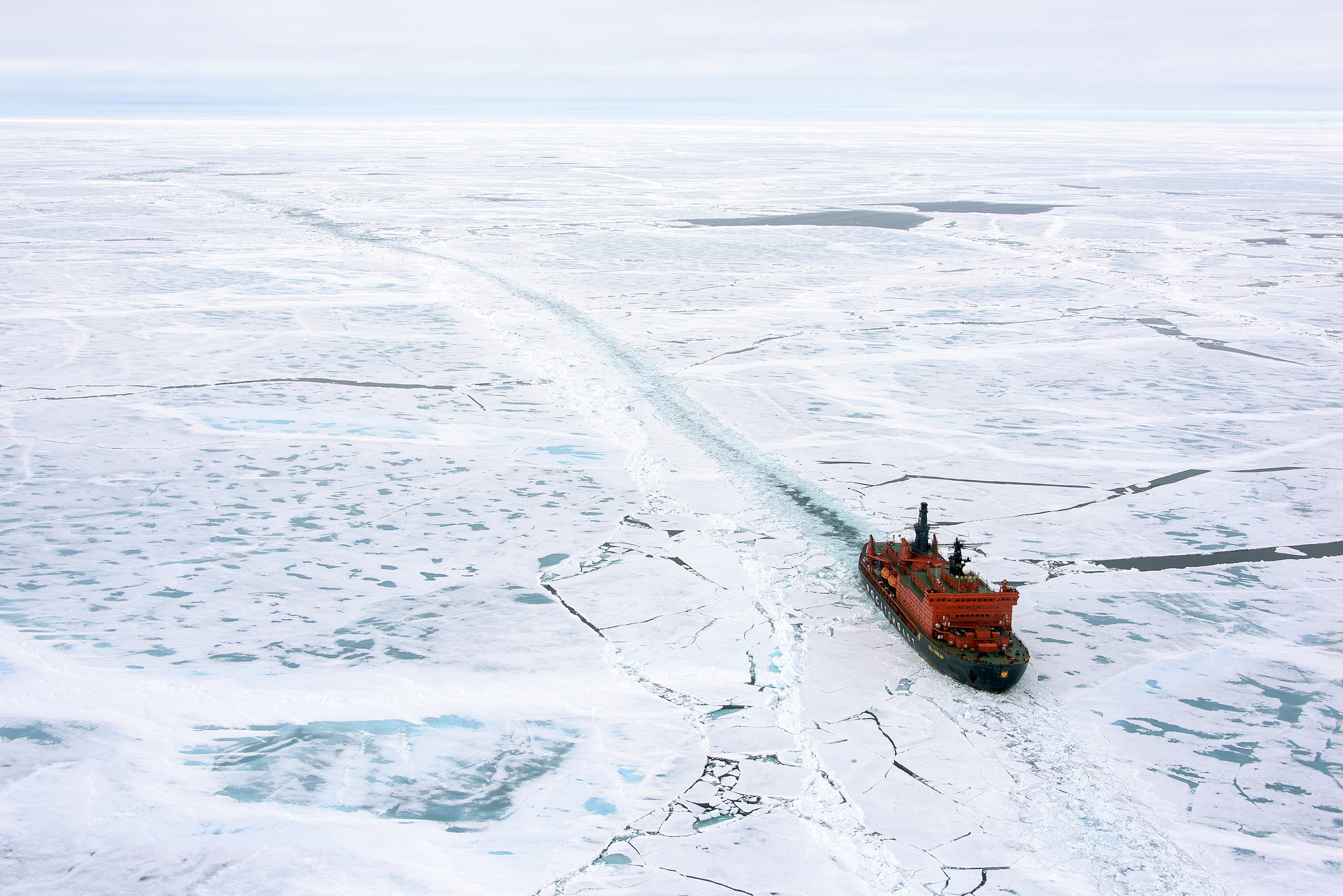
The presence of Chinese military ships in the Bering Sea, as revealed early September 2015 while U.S. President Barack Obama was visiting the Arctic state of the United States, Alaska, “officialised” the second act that had already been occurring for some years in the Arctic region between China and the United States. A second act ongoing while the first in the South China Sea is far from over. The power confrontation, which, for now, remains primarily at a soft power level in the Arctic, is taking place in the United States’ backyard. While the symbolic dimension of this event is obvious, it is only the tip of the iceberg.
Iceland: an emerging laboratory of China-U.S. rivalry
Geographically at the centre of the transatlantic relationship, Greenland and Iceland have for some years been the theatre of an increasingly clearer game between China and the United States. A second act quite unnoticed however until now, as the region is rarely making headlines in most Western media.
In this geopolitical game, Greenland and Iceland cannot be dissociated. The most visible part of this game is currently happening in Iceland. One obvious reason is that Iceland is a sovereign state, unlike Greenland, which makes it easier for a foreign power to show the flag. The symbolic dimension of the ongoing visual game between China and the United States in Iceland tells more than any other fact. China has an embassy[1] which comprises not only a main building the size of which is far above the standard for a capital city such as Reykjavík, but also another building, a more standard one, home to the embassy’s economic and commercial counsellor’s office. Meanwhile, the United States is to have a new embassy building in Iceland which is set to be more imposing than the famous Chinese one. A subtle way to show who is the dominant power in the region.
Banks, harbours and land acquisitions are, according to an observer in Iceland, three areas that the United States would consider as red lines when it comes to China’s interest in Iceland, a NATO country without an army, relying de facto on the United States, which moreover signed a bilateral defence agreement with Iceland in 1951, and its Allies for its defence.
The story does not say if the Chinese ambitions in Iceland would have been similar if the U.S. had not closed its Naval Air Station at Keflavík in 2006. In a context of tensions between Russia and Western countries, the United States is sounding out how to be more present in Iceland, as shown by the visit of U.S. Deputy Secretary of Defence Robert O. Work to the North-Atlantic island in September 2015. Whatever the form it will take, this move from the United States illustrates for the outside world that things are happening in this region.
Looking at the rising interest for Iceland, especially from Asian countries, the potential of Arctic shipping routes, linking Asia, Europe and America, needs to be taken into account. The strategic importance of those routes is indeed significant: they could serve as an alternative in case of a blockage in the South China Sea.
While Iceland is at the crossroads of American, European and Asian interests in the region, and features as a kind of barometer of the regional security atmosphere, its neighbour Greenland is the main focus of this competition between China and the United States in the Arctic. According to an observer in Denmark, the main interest of China in Greenland is not about resources or the Arctic itself, but the power game with the United States.
Greenland: a prize in the China-U.S. competition
Apart from environmental or technical reasons, economic developments can in general remain limited if security concerns appear regardless of the solidity of the business case. This is true worldwide, but this is even more so in a place like Greenland, about four times as large as the size of France for a population of less than 56,000 inhabitants. Greenland is a unique mix of enormous landmass, small population and very limited political elite, which highlights the importance of education in a context of strong international interest and lobbying activities notably due to a massive potential of natural resources and a strategic position in a globalised Arctic region. In addition, Greenland is engaged in a state-building process which has in the past few years created some tensions in the Danish-Greenlandic relationship. In geopolitical terms, Greenland is a place where the U.S. military presence at Thule Air Base is meeting Chinese presence in the Greenlandic mining sector lying in between the European Union through its partnership agreement with Greenland and the island’s status of Overseas Countries and Territories (OCTs).
One fact appears clear, as mentioned in a 2003 report[2] from the then Greenlandic Self Rule Commission established at a time when Greenland was in the process of preparing its accession to the Self Rule status within the Kingdom of Denmark: “The U.S. will always be interested in having no other power asserting itself in Greenland.” (author’s translation). Another fact also appears clear, this time in a 2015 publication[3] from the Danish Defence Intelligence Service: “China’s interest in investments in particular strategic minerals in Greenland can (…) imply risks for the (Danish) Realm.” (author’s translation).
The Act on Greenland Self-Government passed by the Danish Parliament in 2009 gives Greenland the right to become a state. In practice, whether Greenland is called a Self-Rule, a Kingdom, or a Republic, it will broadly be the same in terms of “independence”. Firstly, because almost any foreign investment in Greenland can present a degree of security risk for the interests of stakeholders in charge of the defence of Greenland or militarily present in Greenland, depending on three main factors: the weight of the investment on the Greenlandic economy, the origin(s) of the funding, and the location of the project. A project can present a radically different degree of security risk depending on the origin(s) of the funding. The potential to attract investors is one thing, another is to choose the right one(s) at the right place in order to still have a word to say on its own development. Given the sensitivity of the issue, Greenland should not fear to find other ways to develop its economy than projects where only a Chinese stakeholder would be ready to invest, depending of the context (what kind of project, how much would be invested, where the project would be located, etc.). Chinese investments could certainly find their ways to Greenland, but given the particularities and the security context of the island, those possibilities remain limited. Especially when few major investments from a single source could lead to a de facto control of the Greenlandic economy and thereby have an impact on a strategic Arctic territory. Secondly, as a Greenlandic state without an army would rely on someone else for its defence, it will remain impossible to dissociate economic developments in Greenland and the broader geopolitical game in the Arctic region. Greenland faces a challenge for the future: it will have to balance its need for foreign investments, especially from China, and its reliance on Western, in particular American, security umbrella.
Understanding the notion of independence is critical for a successful Greenlandic debate on the future of the self-ruled territory. Greenland will be able to become a state, on a longer term basis, if it notably succeeds to have a very large majority of its political elite, which understands the global issues at stake in the development of Greenland and thereby does not try to bring the territory on a utopian path as Greenland will in the end not reach full “independence”.
Several changes could improve the perception some Greenlanders have of the notion of independence. For example, should the extension of the airstrip, at least in the territory’s capital Nuuk, become a reality in a version allowing transatlantic flights, it would give Greenlanders travelling the world the possibility to be “independent” from other airports in the region or in Denmark. It would already in itself bring those Greenlanders a new perception of their territory as an “independent” part of the world.
Whether it is about developments in Greenland or in Iceland, the security framework of NATO is an important parameter to take into account. While it is thought that climate change could bring new economic opportunities to the Arctic, new security issues are emerging too. That is why it is important to follow an Arctic region which by many ways represents a laboratory of the wider challenges at stake in the 21st century.
Dr. Damien Degeorges is a consultant and the coordinator of Ifri’s Norden Initiative.
[1] To have an idea of the debate created by this Chinese Embassy’s main building, it is to note that the Chinese Ambassador to Iceland, Zhang Weidong, had to comment the size of the Embassy in an interview published on 16 July 2015 in the Icelandic economic weekly Viðskiptablaðið. The article (p. 16-18) is entitled “China comes in peace” (author’s translation).
[2] Betænkning afgivet af Selvstyrekommissionen, http://naalakkersuisut.gl/da/Naalakkersuisut/Selvstyre/Selvstyrekommissionen/Betaenkning-afgivet-af-Selvstyrekommissionen
[3] Forsvarets Efterretningstjeneste Beretning 2013-2014, https://fe-ddis.dk/SiteCollectionDocuments/FE/Beretning/FE_Beretning_2013_2014.pdf, October 2015, p. 17.
Related centers and programs
Discover our other research centers and programsFind out more
Discover all our analyses
Getting China Onboard a Global Debt Governance System
China has become the number one provider of development finance in the world. Because of its significant share in Low and Middle Income Countries’ (LMICs) external debt, China should take up responsibilities and cooperate with traditional development finance providers, but its particular lending style and distinct approach to debt management pose many challenges and do not make international cooperation straightforward.
Deployment of the French Frigate Bretagne in the Indo-Pacific: Implementing French Strategy in the Region
The deployment of the French Navy’s multi-mission frigate (FREMM) Bretagne in the Indo-Pacific in recent months demonstrates France’s capability to project power far from the mainland and solidifies its Indo-Pacific strategy.
Japan’s Enhanced Security Engagement With the Pacific Islands
The expansion of security and defense cooperation stands as the most spectacular change in Japan’s contribution to the region in recent years.
National Perspectives on Europe's De-risking from China
The concept of “de-risking” has become a significant focus for the European Union (EU) in managing its relations with China since first proposed by European Commission President Ursula von der Leyen in March 2023. However, the interpretation and policy responses to de-risking vary across Europe, reflecting diverse national perspectives.


